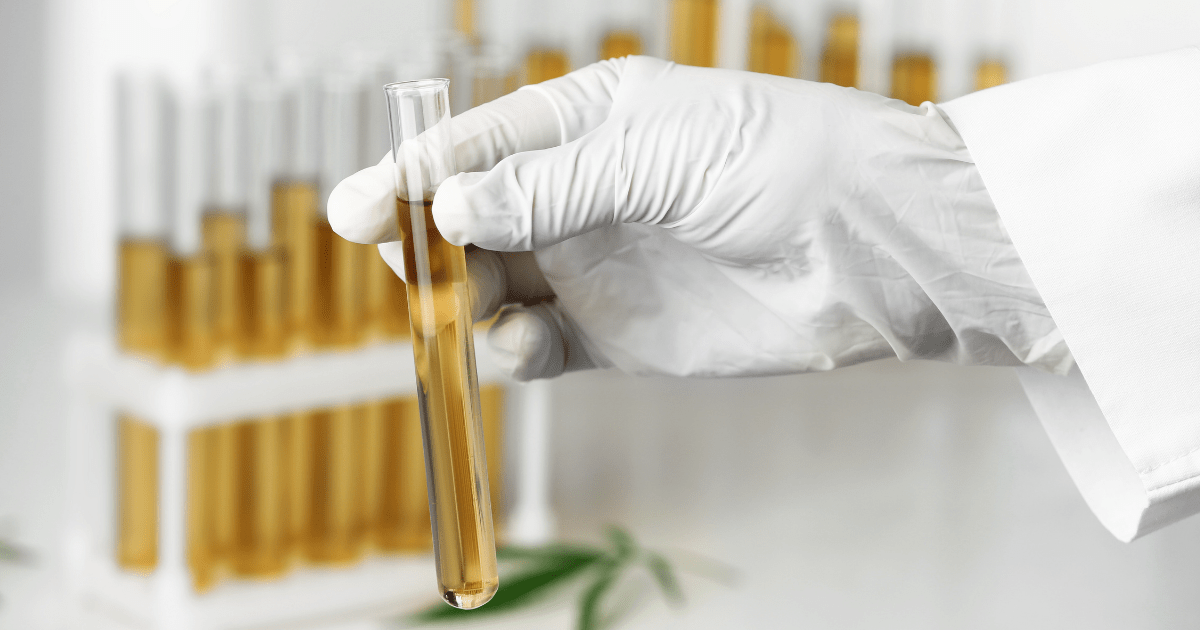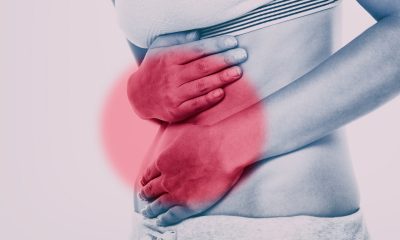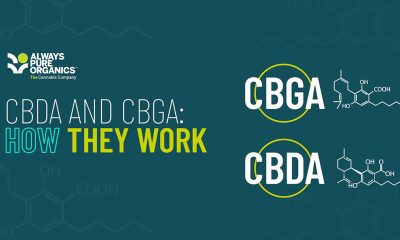Scientists say they have found the ‘Mother of all cannabinoids’ which may help to reduce seizures in Dravet syndrome.
A new study on mice from the University of Sydney found that three acidic cannabinoids found in cannabis reduced seizures in Dravet syndrome, an intractable form of childhood epilepsy.
The three cannabinoids are cannabigerolic acid (CBGA), cannabidivarinic acid (CBDVA), cannabigerovarinic acid (CBGVA). All three but CBGA in particular “may contribute to the effects of cannabis-based products in childhood epilepsy” noted the researchers and were found to potentially have ‘anticonvulsant properties.”
The study marks the first time that three acidic cannabinoids were found to potentially help reduce seizures for Dravet syndrome.
Speaking with Cannabis Health News, the lead author of the study, Dr Lyndsey Anderson, said: “We found that CBGA exhibited both anticonvulsant and pro-convulsant effects. CBGA was more potent than CBD against febrile seizures in a mouse model of Dravet syndrome. We also found that a combination of CBGA and clobazam was more effective than either treatment alone. Additionally, we found that CBGA was anticonvulsant in the maximal electroshock acute seizure model, a model for generalized tonic-clonic seizures.”
She added: “CBGA did, however, present some proconvulsant effects. The frequency of spontaneous seizures in the mouse model of Dravet syndrome was increased with a high dose of CBGA. Also, CBGA was proconvulsant in the 6-Hz acute seizure model, a model of focal, psychomotor seizures.”
Although CBGA shows promise, Dr Anderson also stressed that it needs more research before it can replace CBD. She cautioned that Dravet syndrome patients may still need to proceed with caution.
“Artisanal cannabis-based products are believed to reduce seizures in Dravet syndrome patients,” she said. “As these oils contain rare cannabinoids like CBGA, it is possible CBGA then contributes to the anticonvulsant effects of these artisanal cannabis oils. However, there were proconvulsant effects observed with CBGA, suggesting that Dravet syndrome patients may need to proceed with caution. The proconvulsant liability of CBGA would need to be addressed before it replaced CBD as an anticonvulsant.”
What is CBGA?
Sometimes referred to as ‘the mother of all cannabinoids,’ CBGA is the precursor molecule to many different cannabinioids including CBD and THC. It is thought to help some diseases such as colon cancer, metabolic disease and cardiovascular disease. It is a non-intoxicating cannabinoid much like CBD.
Dr Anderson explains that more research is needed to explain how the three cannabinoids work together.
“We don’t know how they work together yet,” she said. “We found that CBGA, CBDVA and CBGVA were all individually anticonvulsant against thermally induced seizures in the mouse model of Dravet syndrome. We did not investigate whether a combination of these three cannabinoids would result in a greater anticonvulsant effect than either cannabinoid alone. Future work will definitely explore this possibility.”
CBGA future research
This isn’t the end of the research into CBGA for Dravet Syndrome. Dr Anderson said there is more to explore when it comes to creating more treatment options for Dravet syndrome.
She said: “Next on the horizon for this research is to explore whether the anticonvulsant properties of CBDVA and CBGVA translate to other seizure types including spontaneous seizures in the mouse model of Dravet syndrome. Additionally, we have extensively interrogated the anticonvulsant potential of individual cannabinoids and identified ten with anticonvulsant properties.”
“We are now interested in investigating what happens when we combine these anticonvulsant properties. It remains an open possibility that greater anticonvulsant effects are achieved when the cannabinoids are administered in combination.”

 Science5 months ago
Science5 months ago
 Industry6 months ago
Industry6 months ago
 News5 months ago
News5 months ago
 News6 months ago
News6 months ago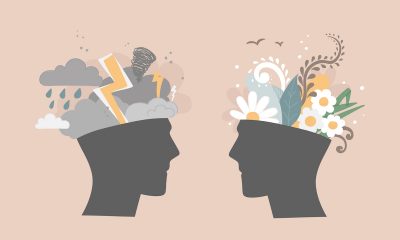
 Health5 months ago
Health5 months ago
 Health3 months ago
Health3 months ago
 Science5 months ago
Science5 months ago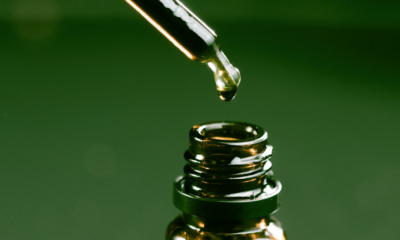
 Cannabis explained5 months ago
Cannabis explained5 months ago